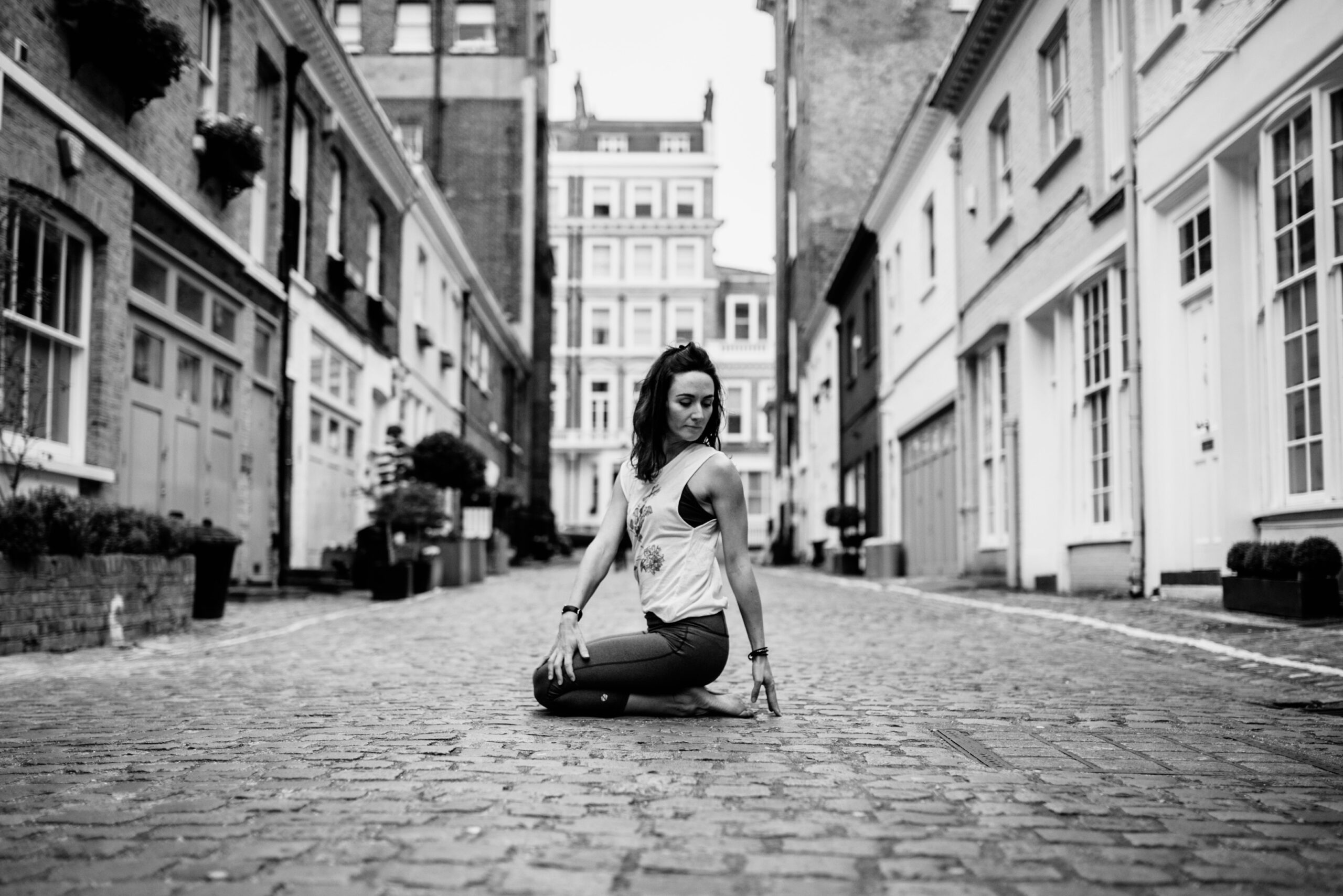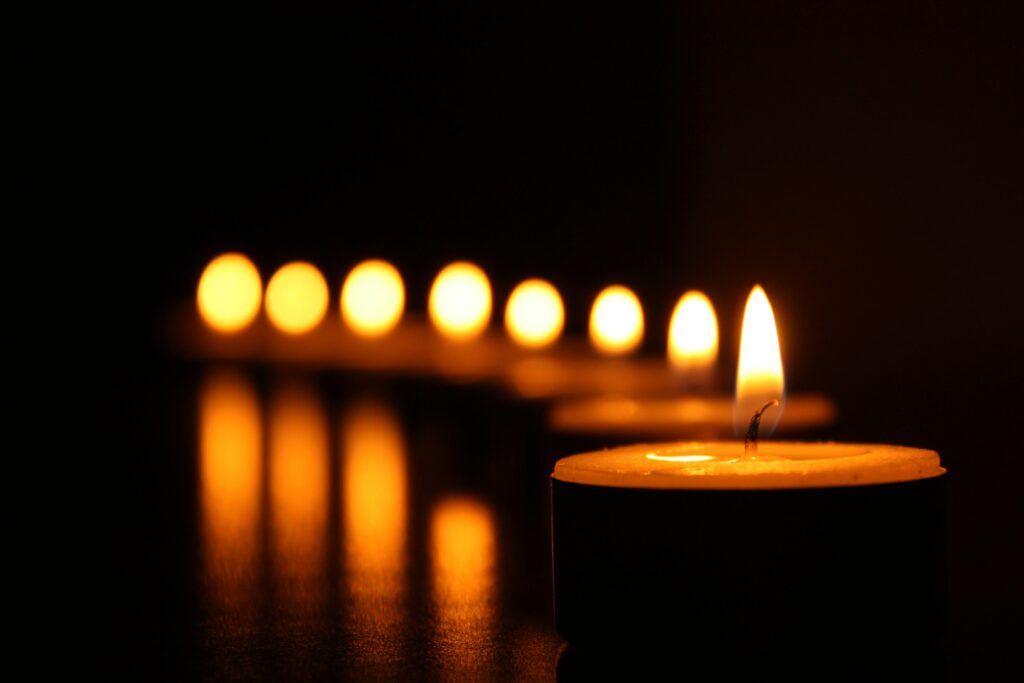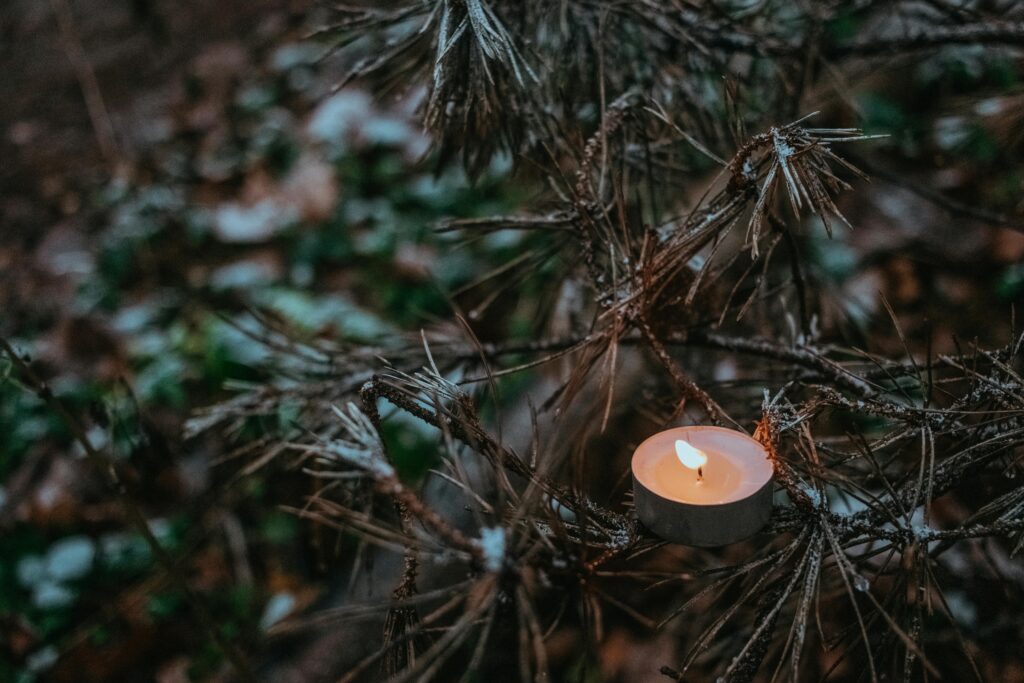
Yoga and me
This is such a huge topic to me that I find it difficult to wrap it up neatly in a few words. Like many of us, I came to yoga through yogasana, the physical practice. But always with aspects of meditation and breathwork. It wasn’t an immediate love affair but more a slow burner which I began to appreciate more as I moved through life. I would throw myself into classes whenever I was experiencing a challenging time, a break up, trouble with friendships or career issues. And it made me feel whole again. Feeling centred and with a deep connection to myself which consequently left me with a feeling of peace within.
It isn’t always pretty and I have sobbed many times through savasana but wading through these difficult times, I would emerge out the other side. Not only would my body feel and look better and stronger but I would feel more mindful and ready to rise again.
I am often asked what the difference is between yoga and pilates and I never know how to answer simply because they are incomparable practices. Of course they both involve moving our physical body but where pilates is a purely physical practice ( fabulous for core strength and stability) yoga, for me, is a journey home through mindful movement.
So here, in this space I will attempt to summarise what yoga is for me and why it’s such an integral part of my life.
Rest and Digest
It regulates my nervous system. I’ll arrive at a yoga class with my head spinning with thoughts. I’ll be stuck in an emotion and attached to the story behind it. My yoga practice allows space for me to sit with the emotion, to drop out of my mind and into the beauty of the present moment where I always feel anchored, centred and connected. At the end of my practice I feel calmer, peaceful and often unable to remember what was occupying my mind before. A gentle reminder also of the transient nature of these thoughts and emotions. That we can avoid over identifying with them. We can choose to let them come, acknowledge them for they have their purpose, and release them.
I would like to add here that when I say ‘ regulate my nervous system’, I don’t mean to always be calm. It is not part of the human condition to always be in a rested state. Our emotions fluctuate, our fight or flight response serves its purpose to protect us in dangerous situations but sometimes we have this same adrenalin response in situations which do not threaten our lives. The point here is to recover from heightened stress, whatever the cause, and to widen our window of what we are able to cope with before our sympathetic nervous system is activated. With a regular yoga practice, I am better able to respond to situations off the mat from a place of presence rather than react in a habitual way.
I’m grateful for…
It can be so easy to get up in comparisons, scarcity and everything that is wrong with the world. But my yoga practice has given me a greater awareness and respect for living through gratitude. Yoga fosters mindfulness, encouraging us to be fully present in each moment. Through this presence, we become more attuned to the blessings of the present moment, nurturing a sense of gratitude for the simple joys and experiences life offers.
The physical postures (asanas) of yoga facilitate a deeper connection with the body. As we move through these postures with intention and awareness, we can feel a deep appreciation for the body’s strength, flexibility, and resilience, cultivating gratitude for its abilities and vitality.
Breath awareness is central to yoga practice, with an emphasis on mindful breathing techniques (pranayama). Through the practice of pranayama, we can cultivate gratitude for the life-giving force of breath and its connection to inner peace, energy, and well-being.
Yoga philosophy encourages the practice of non-attachment (aparigraha), letting go of attachments to desires and outcomes. By embracing this principle, we learn to appreciate the present moment and all that it contains, fostering gratitude for the richness of each experience as it unfolds.
The interconnectedness of all beings and the universe is a fundamental concept in yoga philosophy. As we deepen our awareness of this interconnectedness, we cultivate gratitude for the support of others, the beauty of nature, and the harmony of the universe, recognising our place within the larger tapestry of existence.
Scott ( my husband) and I share with each other 3 things every day that we are grateful for. This practice cultivate a deep and abiding sense of gratitude for ourselves, others, and the world around us, fostering a greater sense of connection, joy, and fulfillment and a higher vibration.
I am loving awareness
I have had my struggles with meditation, feeling restless and busy in my mind most of the time. Through carving out a daily meditation, even for just a few minutes, I have noticed a quieting of my mind. Sometimes. Other times my mind is jumping all over the place. But I have learnt to accept this. It’s okay. It’s what I am experiencing at this moment. There is no perfect meditation. When I do find moments of stillness though, the internal chatter or story stops for just long enough for me to realise that it is just that, a story. We are the awareness, the listener of this story.
Unravelling the Layers
Before my yoga teacher training, I had never questioned my beliefs and behaviours. My philosophy teacher in India spoke to us about the concept of ‘Stolen Knowledge’. The idea that we learn and absorb views and opinions from our families, friends, society. Although this is often well-intentioned, it is our conditioning, often passed down from many generations and does not belong to us.
Unraveling the layers of conditioning is like peeling back the layers of an onion. It requires a deep dive into our own psyche, an exploration of the influences that have shaped our beliefs, attitudes, and behaviours over time. It’s a journey of self-discovery that involves courage, curiosity, and a willingness to challenge the status quo.
Self-Reflection
I started by engaging in self-reflection. Taking a step back and examining my beliefs, values, and behaviours. Asking myself why I hold certain beliefs and where they come from. Are they based on personal experience, cultural norms, family expectations, or societal pressures? Digging into the roots of your conditioning can reveal insights into who you are and why you think the way you do.
Questioning assumptions is another key aspect of unraveling conditioning. Challenge the beliefs that you’ve taken for granted. Are they serving you well, or are they holding you back? By examining your beliefs with a critical eye, you can begin to discern which ones resonate with your authentic self and which ones may need to be reevaluated or discarded.
Practising mindfulness and self-awareness can help us become more attuned to our thoughts, feelings, and reactions. Notice when your conditioning kicks in and influences your behaviour. By bringing awareness to these moments, you can begin to untangle the threads of conditioning and make conscious choices about how you want to respond.
Be patient and compassionate with yourself. Unraveling conditioning is a gradual process that takes time and effort. Celebrate your progress along the way, and remember that every step you take towards greater self-awareness and authenticity is a step towards living a more fulfilling and meaningful life.
Breathe in, Breathe out
The power of breath and breath awareness has had a huge impact on me. Breathing through challenging yoga poses offers profound lessons that extend far beyond the mat, enriching our approach to life itself.
In yoga, when faced with a difficult posture, the emphasis on deep, intentional breathing becomes a guiding force. It teaches us to find calm amidst discomfort, to stay present despite difficulty. This practice mirrors life’s challenges, where maintaining composure and clarity can be essential.
Through conscious breathing, yoga encourages a deep connection between mind and body. This heightened awareness extends beyond the yoga studio. It allows us to listen to our bodies’ cues and respond with kindness and understanding in daily life.
Resilience and Mindfulness
Yoga also cultivates resilience. By learning to breathe through discomfort on the mat, we build inner strength and fortitude that serves us well in facing adversity off the mat. This resilience allows us to bounce back from setbacks with grace and determination.
Yoga also fosters mindfulness, a state of non-judgmental awareness of the present moment. By anchoring ourselves in the breath during challenging poses, we learn to let go of distractions and worries. Then we can find peace in the here and now. This mindfulness spills over into daily life, enabling us to savour each moment and find joy in the simplest of experiences.
In essence, the practice of breathing through challenging yoga poses offers a profound metaphor for navigating life’s difficulties. It teaches us to find calm amidst chaos, strength amidst adversity, and presence amidst uncertainty. Through yoga, we learn not just to survive, but to thrive, both on and off the mat.
I could go on and on but I hope some of this resonates with you and that your yoga journey brings you an abundance of love, presence, acceptance, centredness and connection also.
If you’d like more information on anything yoga please contact me or book here to practise with me in Marlow, Twickenham and online.
With love
Anney xx




